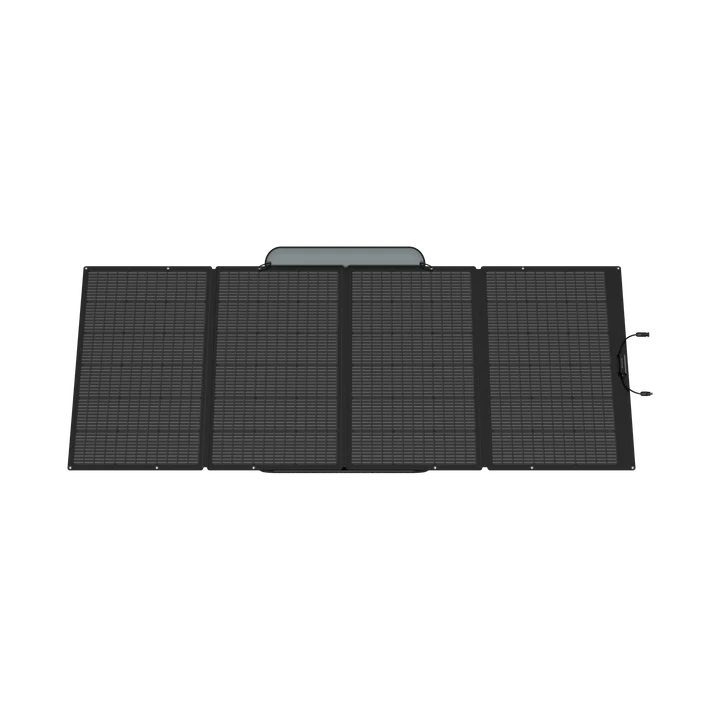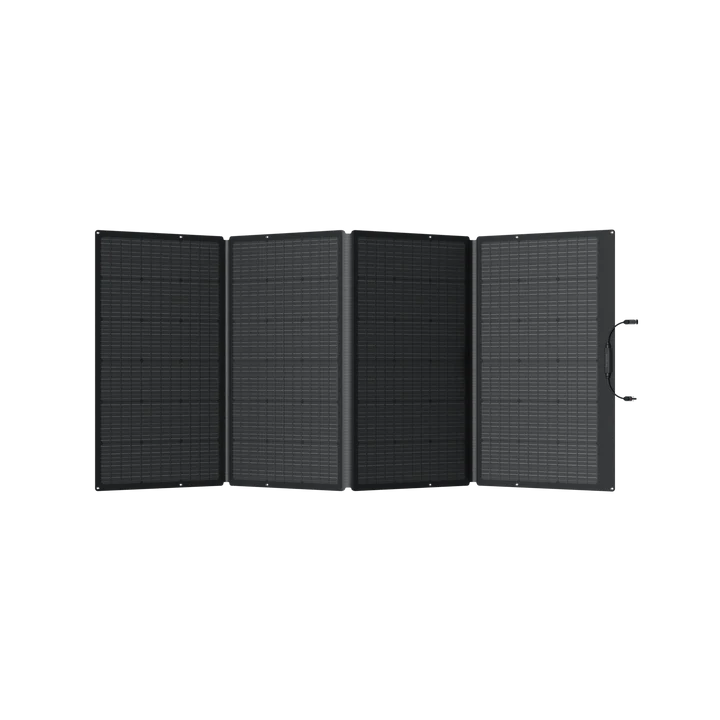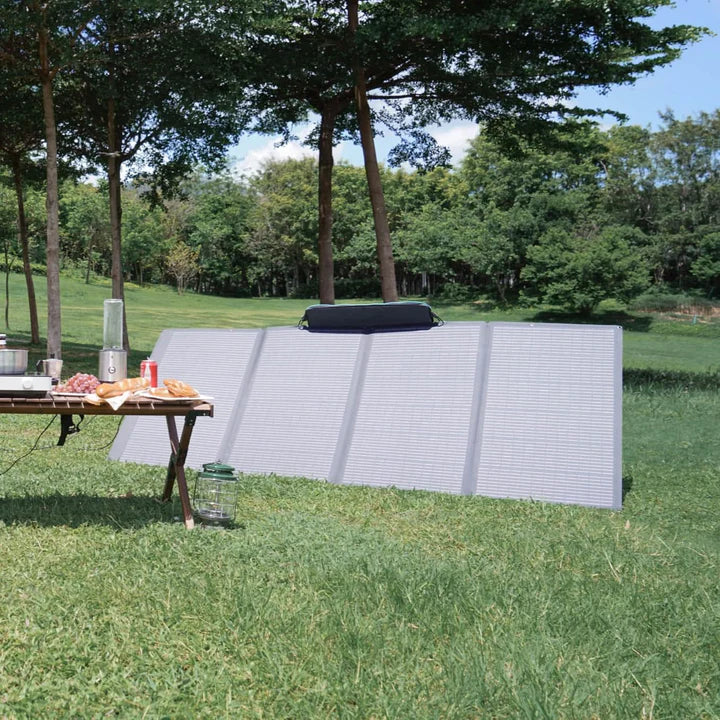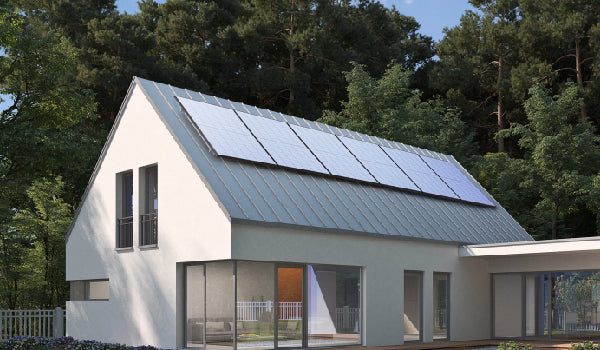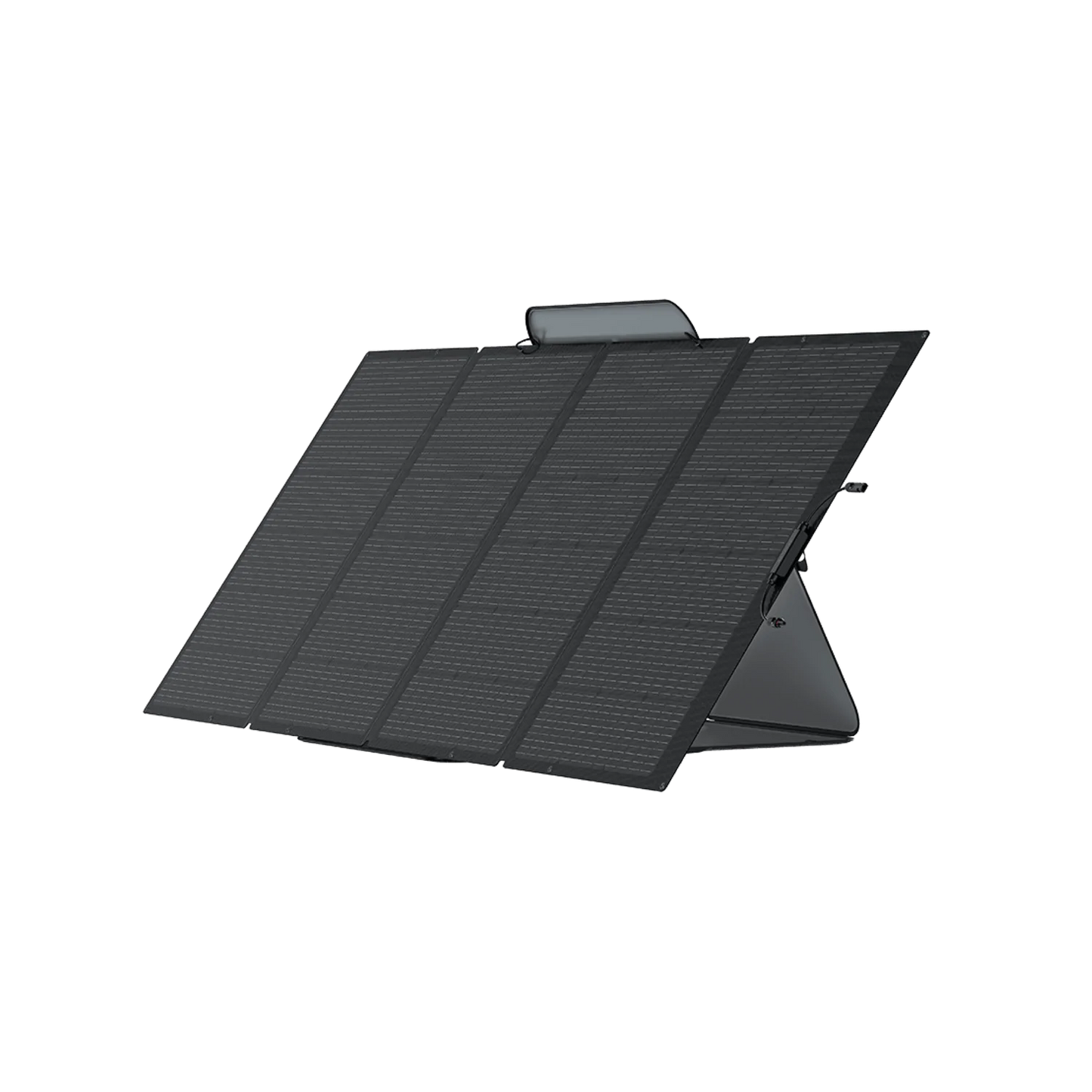

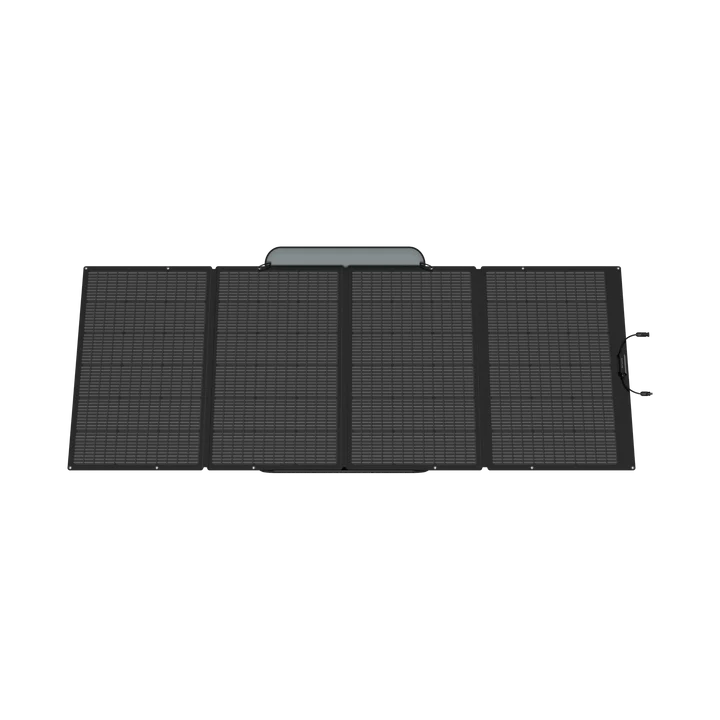
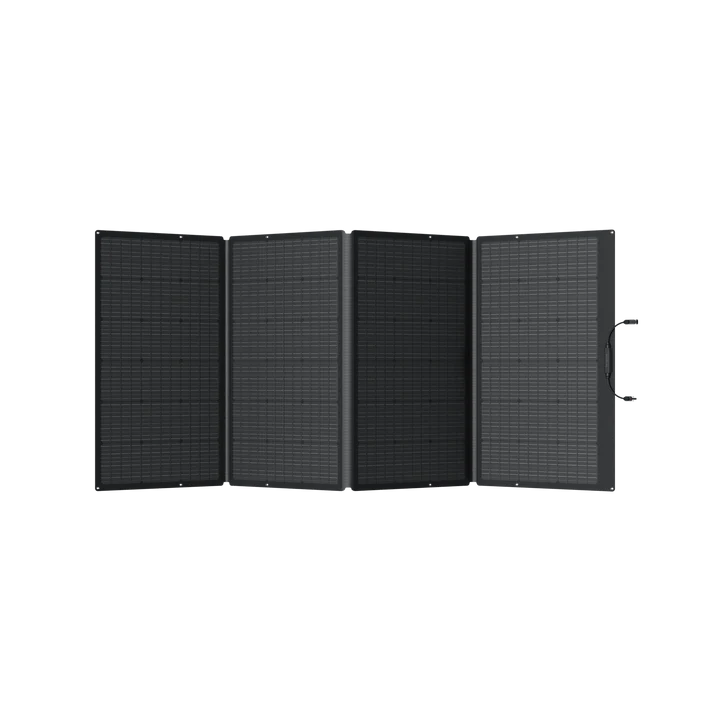

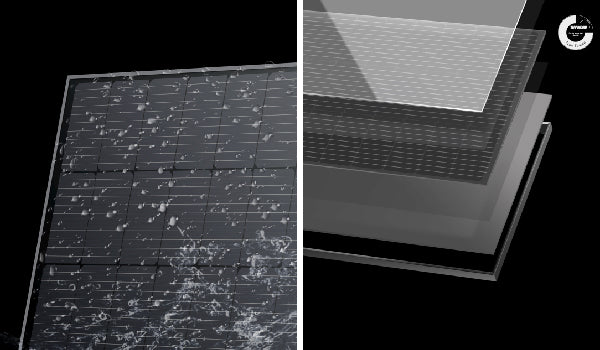
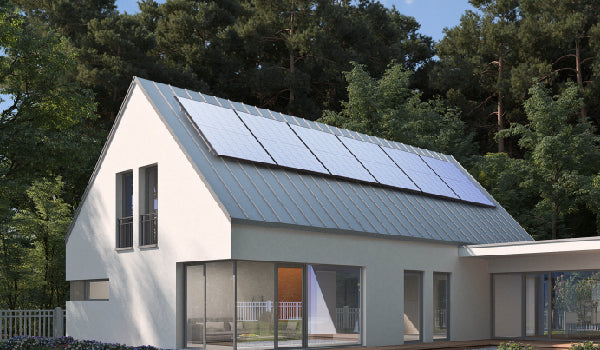
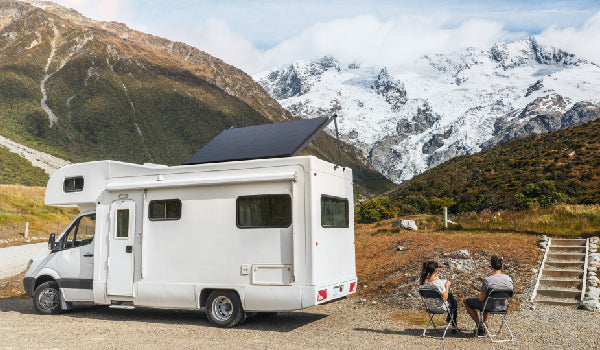
Reviews
FAQ
Portable solar panels are an extremely effective, clean, and renewable way to charge a portable power station. EcoFlow 400W portable solar panels have a larger wattage than typical solar panels and are more efficient due to their monocrystalline cells. Spring up to three 400W portable solar panels and use with a DELTA Pro portable power station for input of 1600W. Additionally, EcoFlow portable power stations use an MPPT algorithm that ensures a constant energy supply. Unlike static solar panels, portable solar panels are easily moved and adjusted depending on where the sun is in the sky.
Positioning portable solar panels at an angle between 30-45 degrees, facing the direction of the sun, is best. EcoFlow portable solar panels have a built-in stand that can be adjusted, depending on where the sun is in the sky.
Solar panels that are portable, foldable, and lightweight are the best kind for camping. Pair one with a portable power station and string up to 4 together for immediate power that is clean, green, and renewable.
The 400W portable solar panel can carry on collecting energy even during a downpour. With a protective ETFE film and a high IP resistance level of 68, the solar cells can withstand environments from humid and wet to dry and dusty.
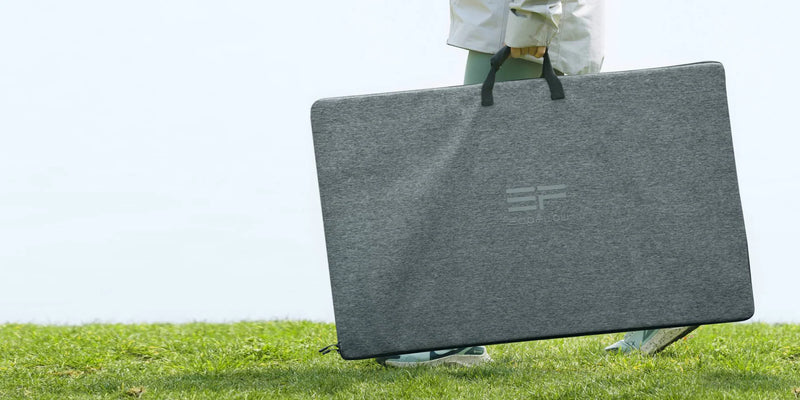
Need help deciding?
Chat with us
Our award-winning customer service can answer any of your questions.
Give us a ring
Our Solar Specialists are here to help you find the perfect fit. Just give us a call at +1 888.868.6154
30-day money back guarantee
Shop with confidence with our 30-day money-back guarantee. If you're not completely satisfied, return it within 30 days for a full refund, no questions asked.



